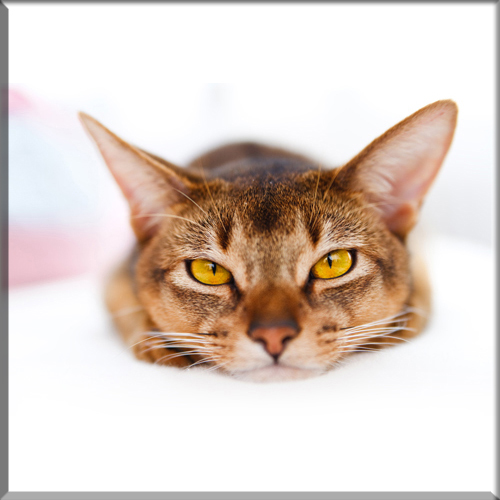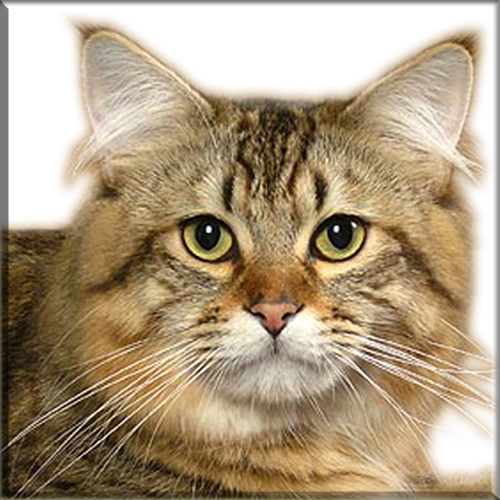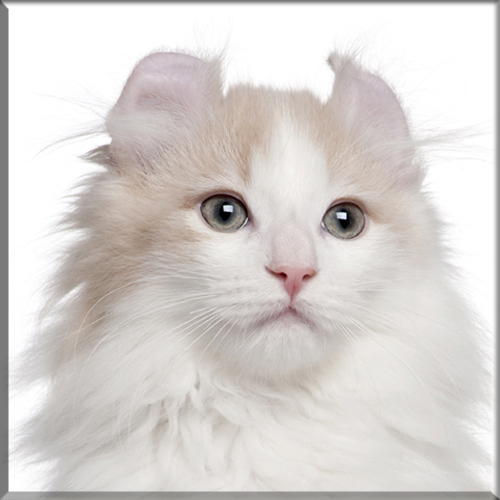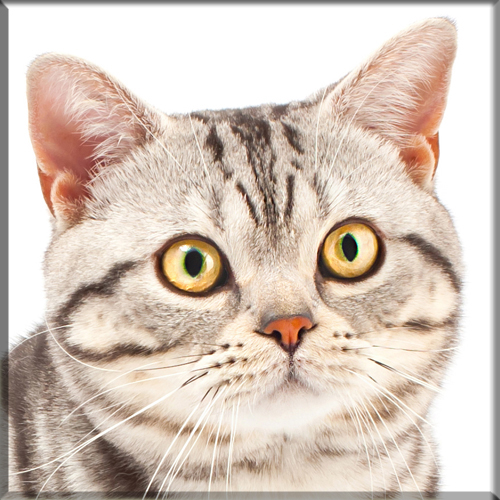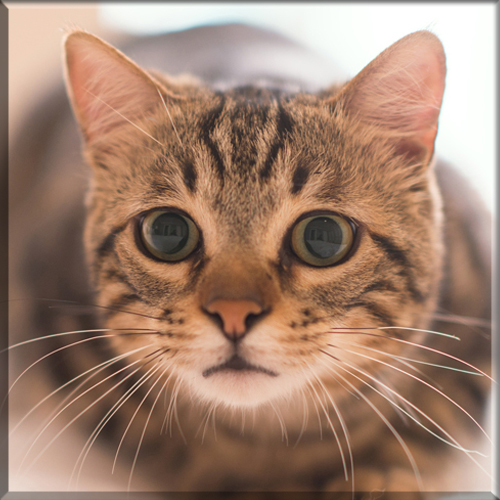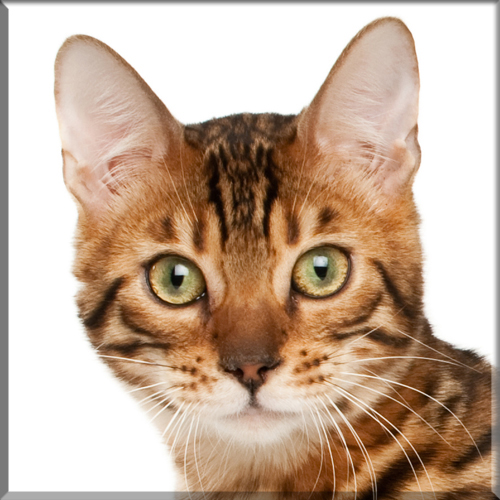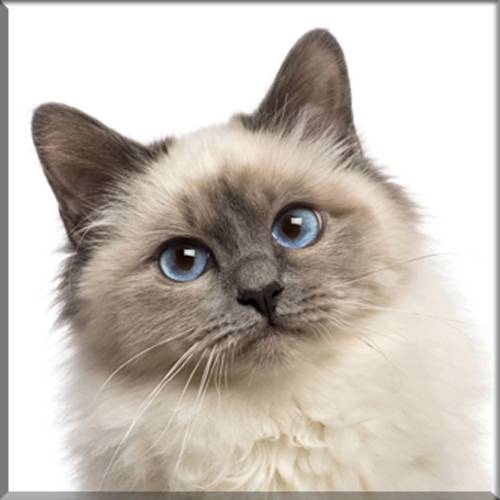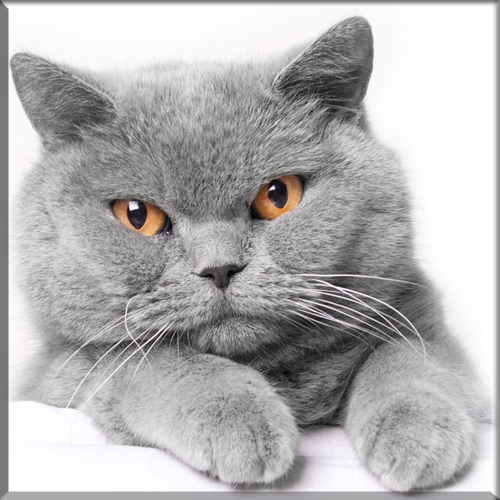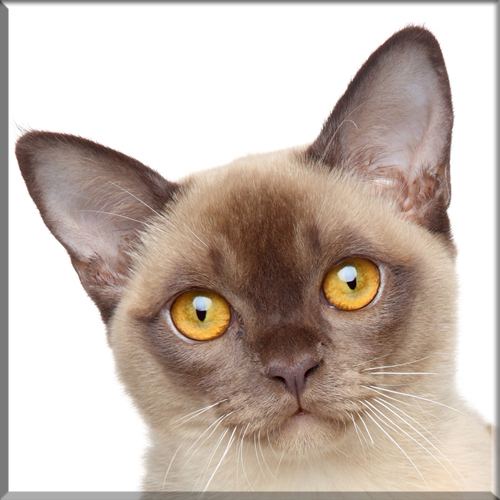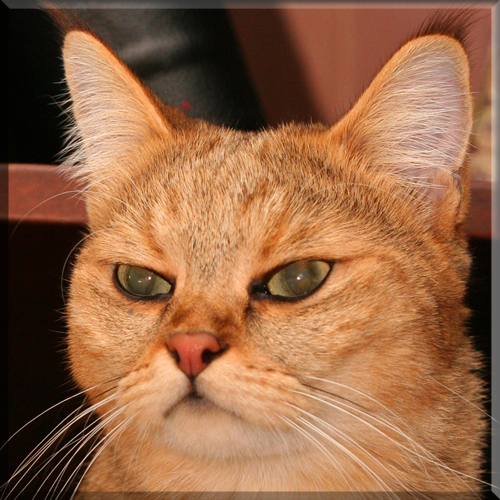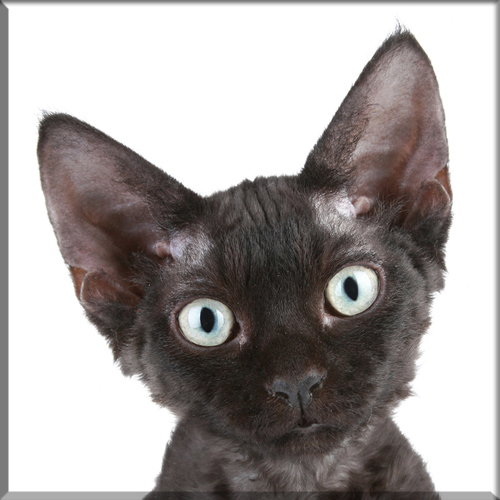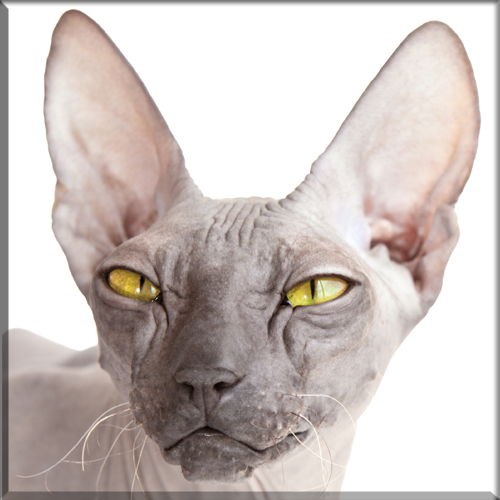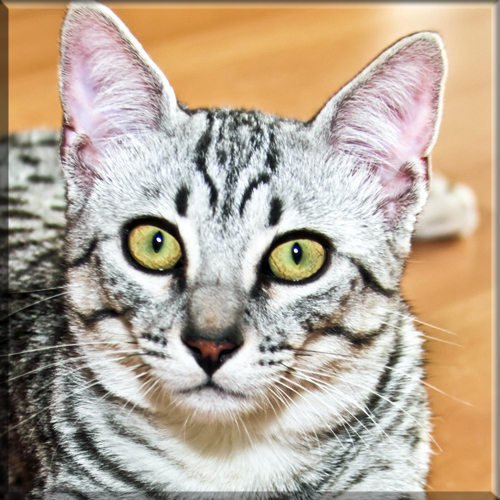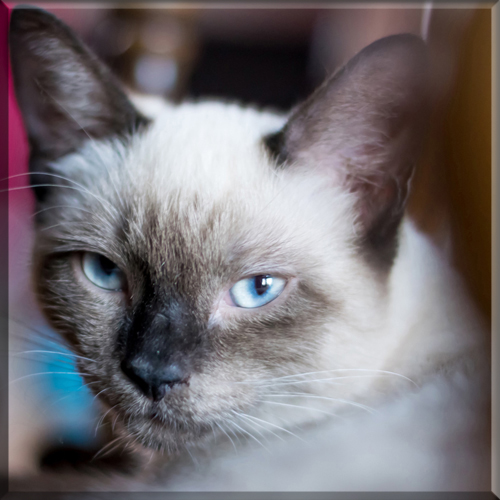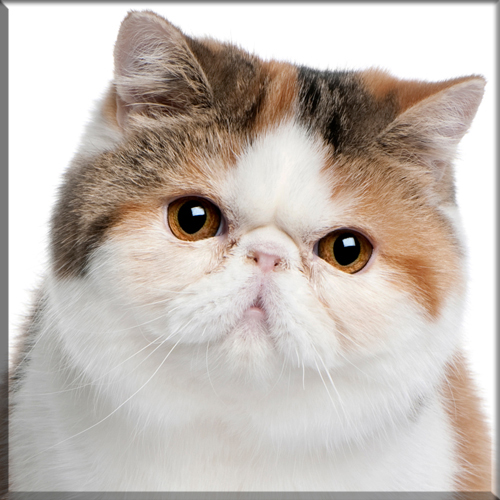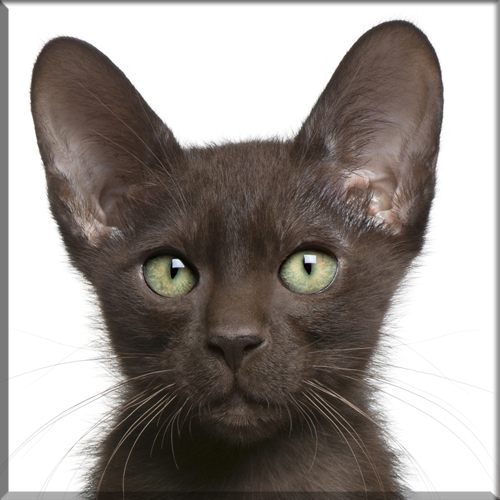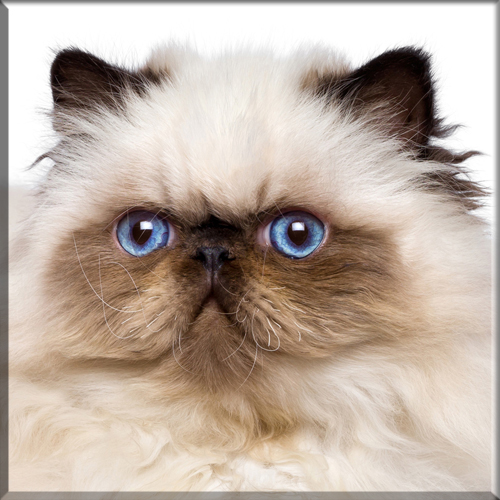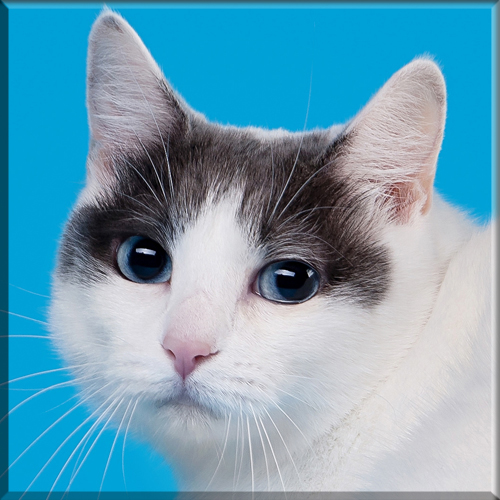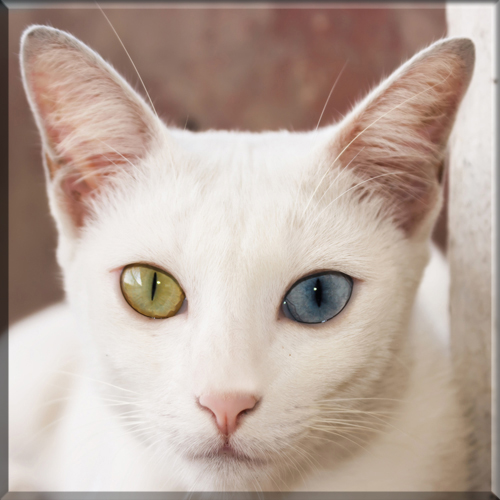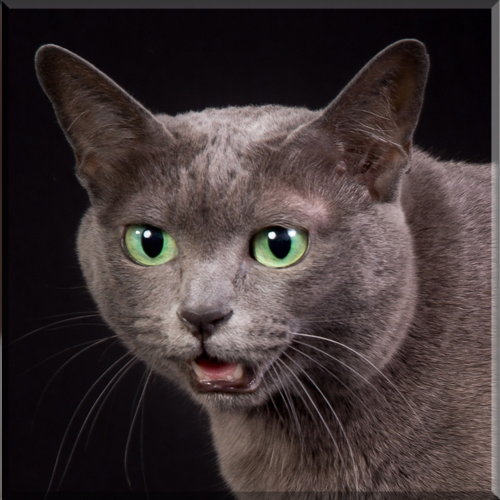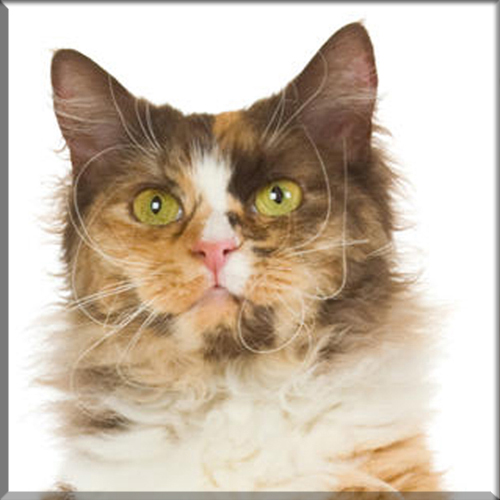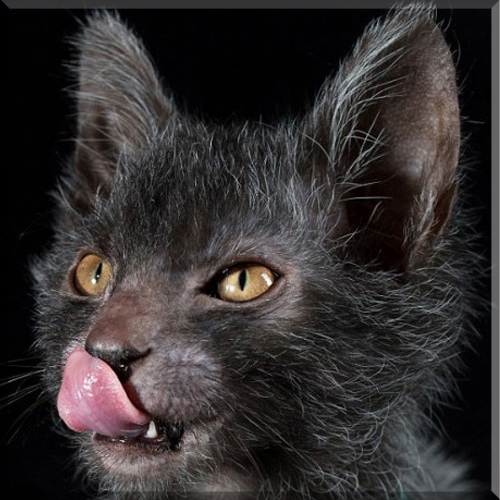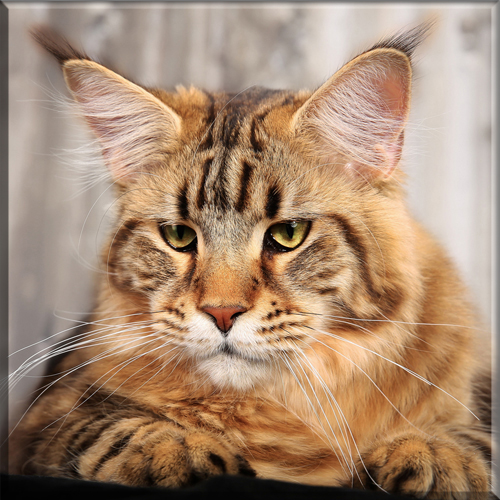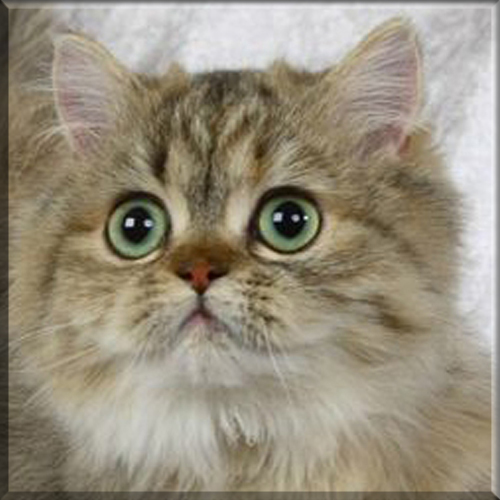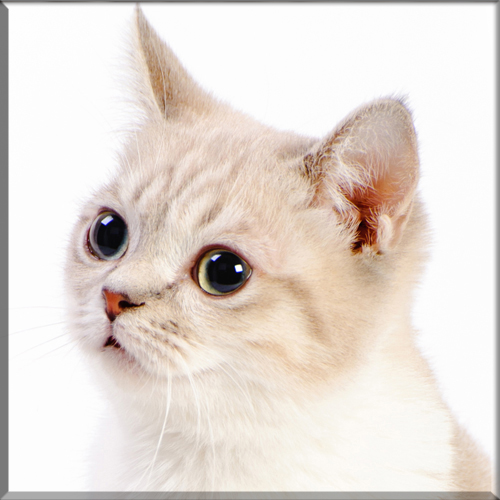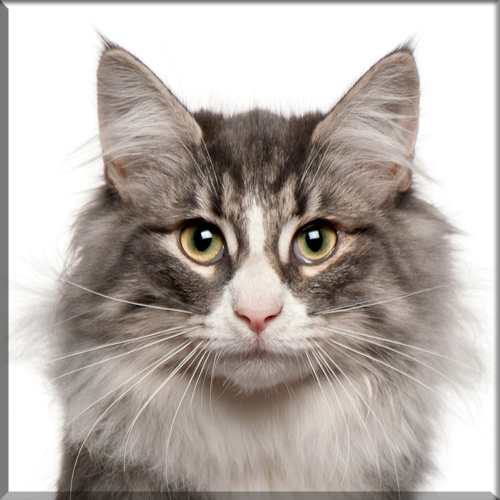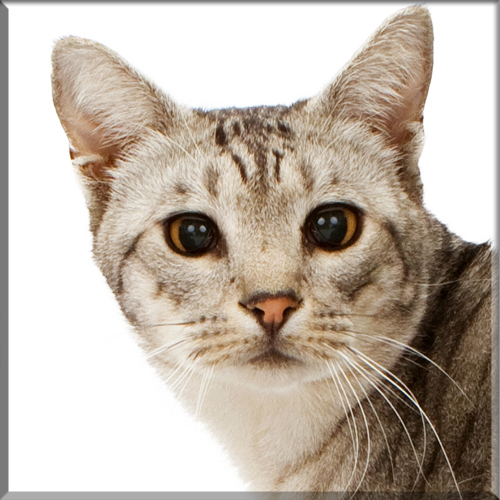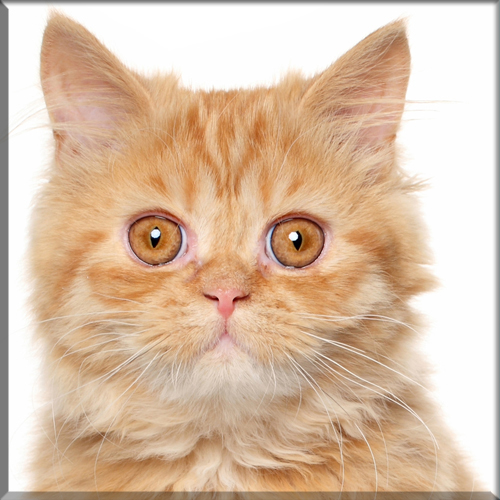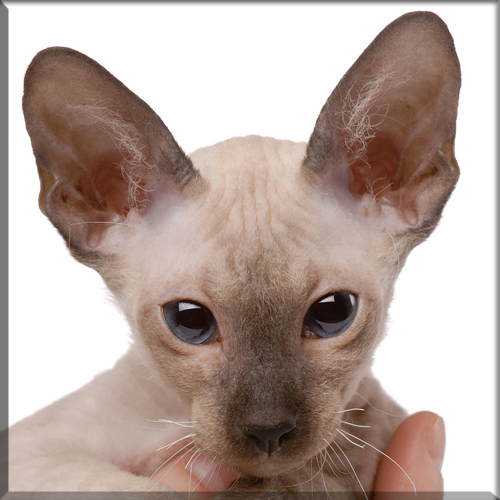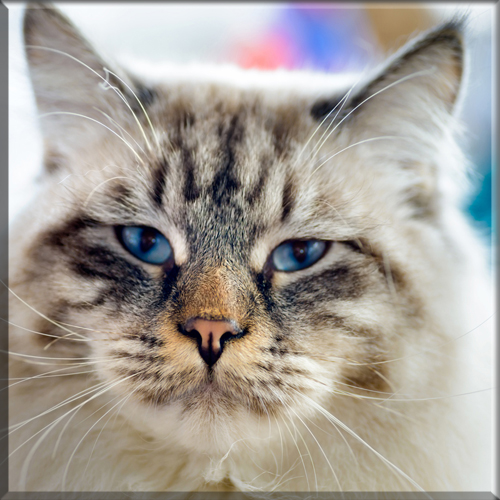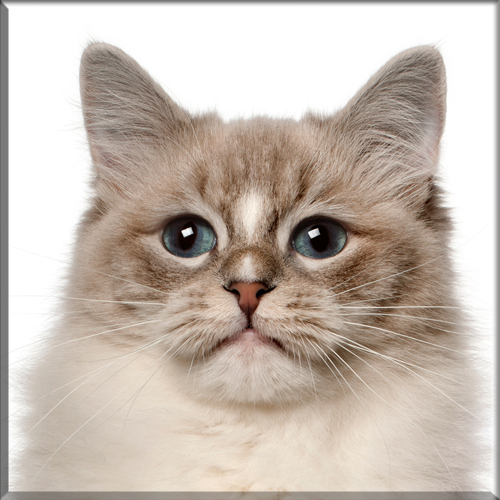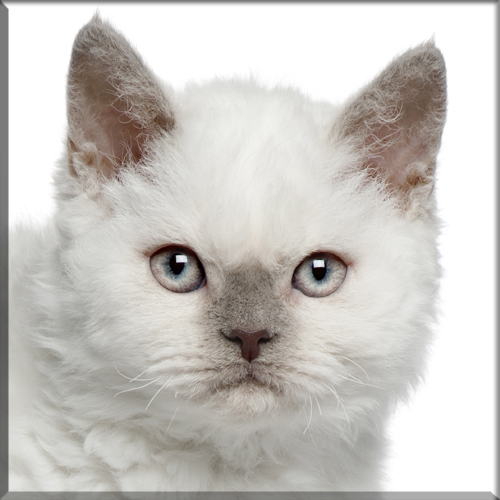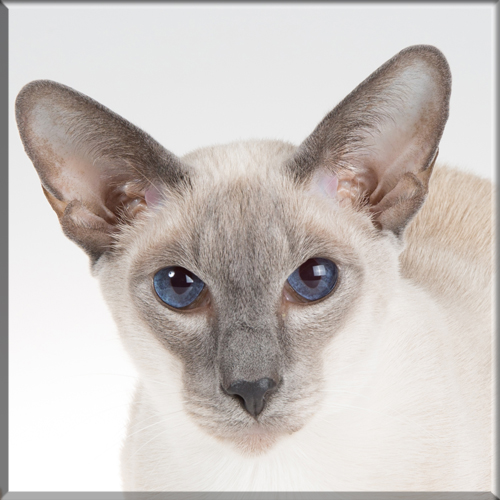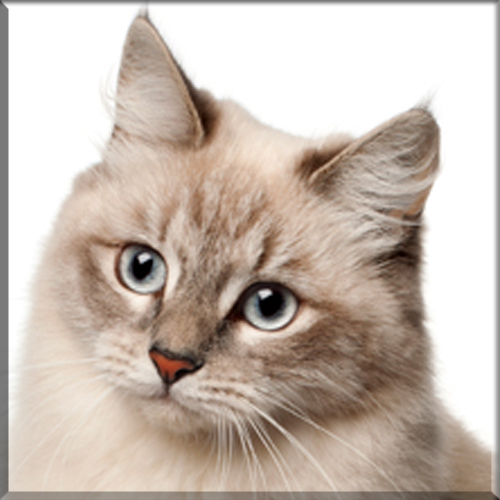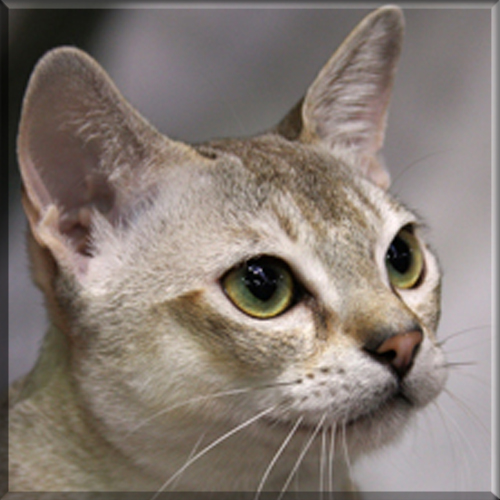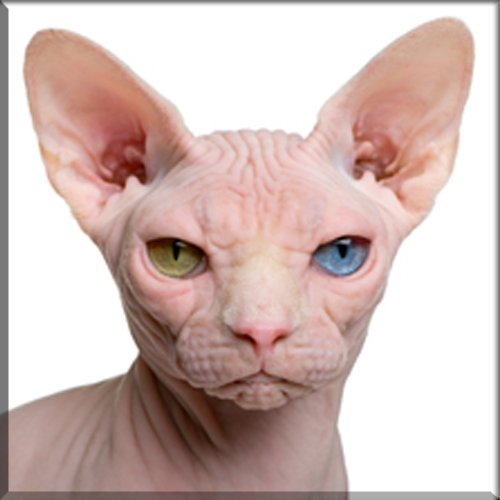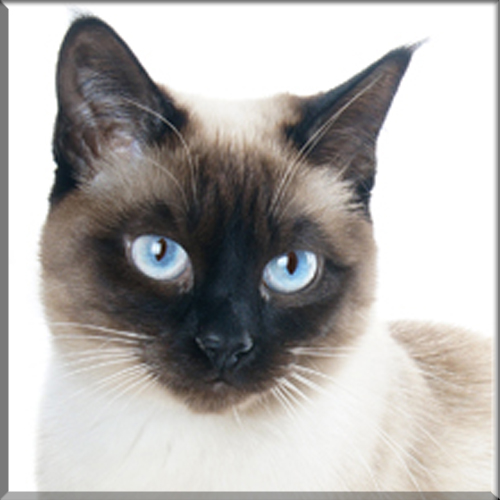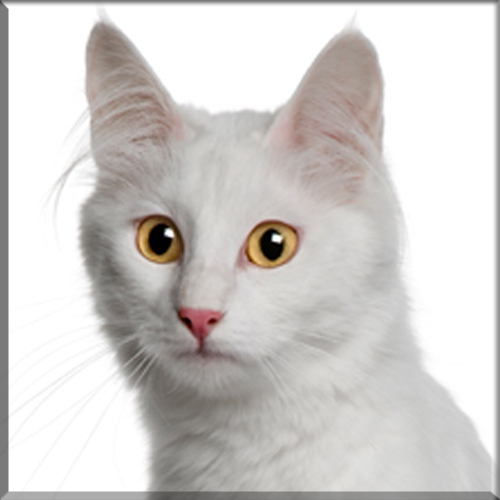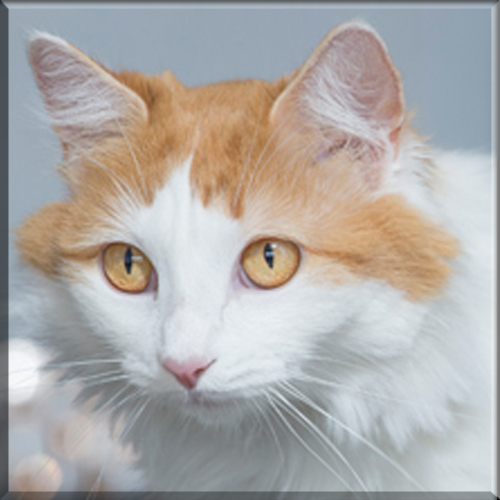Birman

Appearance and features:
The Birman has a long, soft single coat with a longer ruff around the neck and a fluffy tail. Their coats do not mat. Like the Siamese, the Birman loves people and will follow them from room to room wanting to be involved in what you’re doing. But this is a docile, quiet cat that is not as vocal as the Siamese.
Size:
Birmans are a medium- to large-sized cat, weighing between seven and 12 pounds.
Family:
Theories include crosses of Siamese with Angoras or Persians, but when or where those original meetups occurred is unknown.
Coloring:
Their coloring is a pale body, which varies in shade depending on the cat’s color set off by darker points. Birmans come in seal point, blue point, chocolate point, lilac point, and various parti-color point and lynx point colors.
Origin:
The Sacred Cat of Burma, as it is sometimes called, the Birman first appeared in France in 1919. A French cat registry gave it the breed name Sacre de Birmanie, which has since been shortened to Birman. Birmans were brought to the United States in the 1960s, and the Cat Fanciers Association recognized the breed in 1967.
Temperament:
The Birman is a calm, affectionate cat who loves to be around people and can adapt to any type of home. Birmans get along well with kids, dogs, and other cats. In fact, unlike most cats, they enjoy a companion whether it is another cat or even a dog.
Health Concerns:
Problems that may affect the Birman include the following:
Congenital hypotrichosis, which causes them to be born with no hair, and thymic aplasia, an immune deficiency that leads to increased risk of infection and death. Fortunately, these conditions are rare.
Corneal dermoid, the presence of skin and hair on the surface of the cornea (the clear front of the eye) of one or both eyes. It can be corrected surgically.
Spongiform degeneration, a progressive degenerative disease of the central nervous system causing signs that include hind-limb weakness and uncoordinated movement.
Shaking and trembling in kittens. This condition begins in some kittens when they are about 10 days old and lasts until they are about 12 weeks old. The cause is unknown and recovery occurs spontaneously.
Unusually high concentrations of urea and/or creatinine in the blood, which may or may not indicate kidney dysfunction.
Breed Characteristics
Here is a helpful guide for the different characteristics of the breed. On a Scale of 1-5. 1 being very low level to 5 being high level.
Hypoallergenic: No
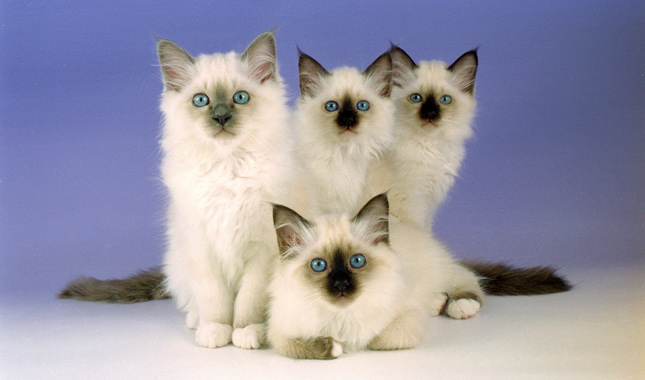
Breeders With Currently Available Kittens
All The Cat Breeds
- Abyssinian
- American Bobtail
- American Curl
- American Shorthair
- American Wirehair
- Balinese
- Bengal
- Birman
- Bombay
- British Shorthair
- Burmese
- Burmillia
- Charteux
- Chausie
- Colorpoint Shorthair
- Cornish Rex
- Devon Rex
- Donskoy
- Egyption Mau
- European Burmese
- Exotic
- Havana Brown
- Highlander
- Himalayan
- Japanese Bobtail
- Khao Manee
- Korat
- LaPerm
- Lykoi
- Maine Coon
- Manx
- Minuet / Napolean
- Munchkin
- Norwegian Forest Cat
- Ocicat
- Oriental Longhair
- Oriental Shorthair
- Persian
- Peterbald
- Pixie Bob
- Ragamuffin
- Ragdoll
- Russian Blue
- Savannah
- Scottish Fold
- Scottish Straight
- Selkirk Rex
- Seychellois
- Siamese
- Siberian
- Singapora
- Snowshoe
- Somali
- Sphynx
- Thai
- Tonkinese
- Toyger
- Turkish Angora
- Turkish Van

